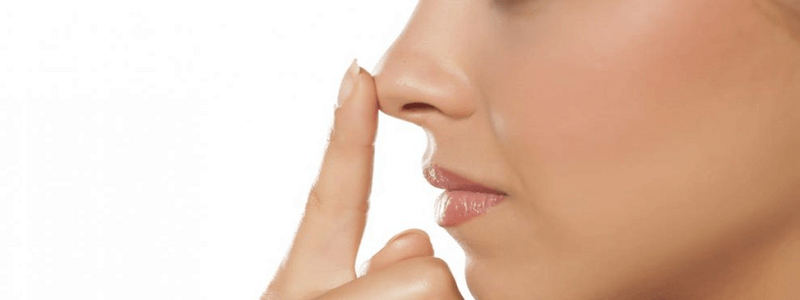
Rhinoplasty, commonly referred to as a nose job, is a popular cosmetic procedure aimed at altering the shape, size, or structure of the nose. Whether for aesthetic reasons or to address functional issues such as breathing difficulties, rhinoplasty can significantly impact an individual’s appearance and quality of life. If you’re considering this surgery, it’s essential to understand what to expect before, during, and after the procedure to ensure a successful recovery and satisfactory results.
Preparing for Rhinoplasty Surgery:
Before undergoing Rhinoplasty in Dubai (تجميل الأنف في دبي), thorough preparation is key to ensuring the surgery goes smoothly. Your surgeon will typically provide a set of guidelines to follow in the weeks leading up to the procedure. This includes avoiding certain medications, such as aspirin or anti-inflammatory drugs, which can increase the risk of bleeding. It is also advisable to stop smoking, as smoking can impair healing and lead to complications. A full medical evaluation, including blood tests, may be required to ensure you’re in good health for the surgery.
The Surgery Process:
Rhinoplasty is usually performed under general anesthesia, ensuring you’re comfortable and pain-free throughout the procedure. The surgeon will make incisions either inside the nostrils or across the base of the nose, depending on the changes needed. For cosmetic rhinoplasty, adjustments might be made to the bone, cartilage, or skin to reshape the nose. If the surgery is functional, the surgeon may correct a deviated septum or address other issues to improve airflow. The length of the surgery typically lasts between one to three hours, depending on the complexity of the procedure.
Recovery Immediately After Surgery:
After the surgery, you’ll need some time to rest and recover. While the procedure itself is not overly painful, you may experience swelling, bruising, and discomfort around the nose and eyes. A splint or nasal packing may be placed inside your nose to support the new shape and help reduce swelling. These materials are typically removed after a week. It’s essential to follow the post-operative care instructions provided by your surgeon, including keeping your head elevated and applying ice packs to reduce swelling during the first few days.
Managing Pain and Swelling:
Swelling and bruising are common after rhinoplasty and can last for several weeks. Over-the-counter pain medications prescribed by your surgeon can help manage discomfort. To minimize swelling, avoid strenuous activities and keep your head elevated when resting. It’s also vital to avoid any pressure on the nose during the early recovery phase, so sleeping on your back is recommended. As the swelling subsides, you will start to see the early results of your surgery, although the final outcome may not be visible for several months.
Returning to Daily Activities:
After about one to two weeks, many patients can return to work or school, but strenuous activities and exercise should be avoided for at least four to six weeks. This includes activities that might put pressure on the nose, such as contact sports or heavy lifting. You may also need to avoid exposure to direct sunlight for an extended period to prevent pigmentation changes in the skin. Your surgeon will provide specific guidelines on when it’s safe to resume normal activities based on your recovery progress.
Long-Term Healing Process:
The full healing process after rhinoplasty can take several months. While the initial swelling and bruising will resolve in the first few weeks, subtle changes can continue for up to a year. It’s important to be patient during this time, as the final shape of your nose may not be evident until the swelling completely subsides. Regular follow-up appointments with your surgeon are essential to monitor progress and address any concerns. Long-term care includes protecting your nose from injury and maintaining a healthy lifestyle to ensure the best outcome.
Emotional and Psychological Considerations:
Rhinoplasty is not only a physical transformation but also an emotional one. Many patients report feeling a boost in confidence and self-esteem following the surgery, especially if the procedure was performed for cosmetic reasons. However, it’s essential to manage expectations. While rhinoplasty can enhance your appearance, it may not always deliver the exact results you envisioned. Having a realistic understanding of the procedure’s potential and limits can help you navigate the emotional aspects of the recovery process more effectively.
Conclusion:
Rhinoplasty can be a life-changing procedure for those seeking to improve their appearance or address functional issues with their nose. Understanding the preparation, recovery, and long-term healing process is essential to ensure a smooth experience. By following post-operative care instructions and being patient with the healing process, you can achieve the desired results and enjoy the benefits of your rhinoplasty surgery for years to come.